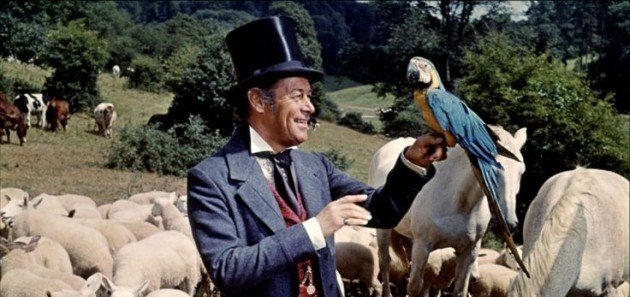
“Think of the amazing repartee
If I could walk with the animals, talk with the animals,
Grunt and squeak and squawk with the animals,
And they could talk to me!”
(From the film version of Doctor Dolittle)
If you’ve ever wanted to understand why warning calls by one bird species seem to spread rapidly, like an avian version of the Wave, to birds of other species, Professor Erick Greene from the University of Montana is your man.
As reported by the New York Times, the good professor has made a career out of studying interactions between predators and prey, and has lately homed in on birds’ warning signals, sharing a National Science Foundation grant with scientists from the Cornell Lab of Ornithology. Other researchers are also looking into interspecies communication systems, and trying to determine if road and traffic noise interferes with birds’ “watch out!” calls.
And if all of that isn’t enough for you, the article also features robot raptors. And recordings of birds’ frantic calls in response to such. To paraphrase a very cool Facebook page, I @#$*-ing love science.













I saw this article, too, but my reaction was “You mean people didn’t know this?!?” Even my chickens have a pretty varied vocabulary for danger, I can tell if my rooster is just issuing a mild warning, a moderate warning or a “run for your life” kind of warning. The wild birds do the same things. Some warnings are just for a mild annoyance, but they run the gamut up to “we’re under attack!” (and everything in between) There’s no such thing as a single warning call. Not only do the other species of birds understand the severity levels, but so do my dogs. They ignore the constant mild warnings but high level warnings bring them to barking at the intruder, too.